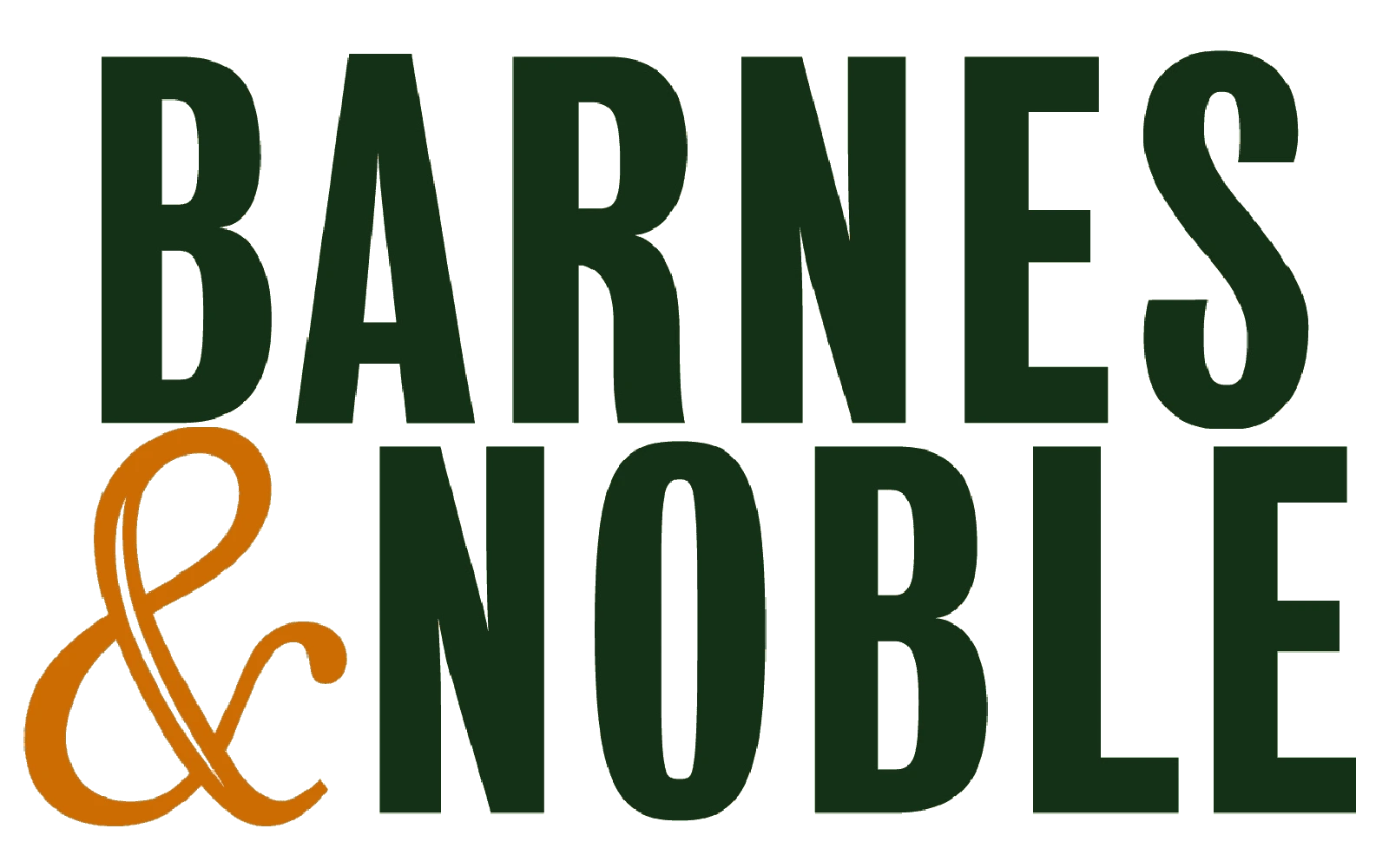Home
The Spirit and the Vision: The Influence of Christian Romanticism on the Development of 19th-Century American Art
Barnes and Noble
Loading Inventory...
The Spirit and the Vision: The Influence of Christian Romanticism on the Development of 19th-Century American Art in Bloomington, MN
Current price: $37.99


The Spirit and the Vision: The Influence of Christian Romanticism on the Development of 19th-Century American Art in Bloomington, MN
Current price: $37.99
Loading Inventory...
Size: OS
Christian Romanticism was a response to social changes within nineteenth-century American culture, including women's literacy, spiritual domesticity, and the idealization of childhood. This book examines the work of three artists of the first American landscape tradition Washington Alston, Thomas Cole, and Frederic Edwin Church and two clergymen Horace Bushnell and Henry Ward Beecher. It assesses their understanding of the artist as a social and moral teacher, the didactic role of art in society more generally, and a God who acts in history. The author finds that the art of Allston, Cole, and Church expressed and served the dominant middle-class religious ideology of the time Christian Romanticism. This distinguishes their work from more elitist and regional work.
Christian Romanticism was a response to social changes within nineteenth-century American culture, including women's literacy, spiritual domesticity, and the idealization of childhood. This book examines the work of three artists of the first American landscape tradition Washington Alston, Thomas Cole, and Frederic Edwin Church and two clergymen Horace Bushnell and Henry Ward Beecher. It assesses their understanding of the artist as a social and moral teacher, the didactic role of art in society more generally, and a God who acts in history. The author finds that the art of Allston, Cole, and Church expressed and served the dominant middle-class religious ideology of the time Christian Romanticism. This distinguishes their work from more elitist and regional work.

















